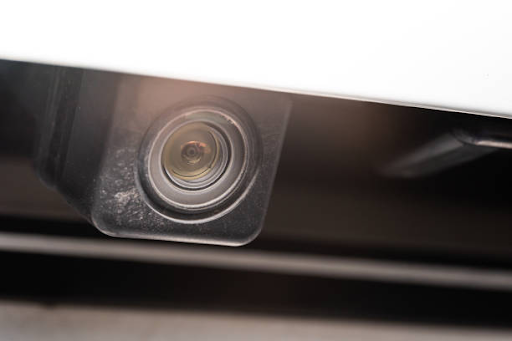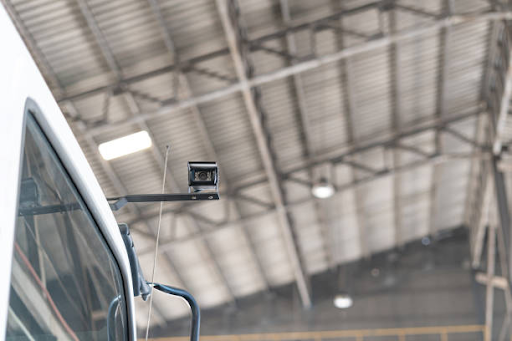In today’s fast-paced transportation industry, ensuring the safety of truck drivers, pedestrians, and other vehicles is of utmost importance. One effective solution to enhance safety is the installation of camera systems in trucks. These systems provide drivers with improved visibility, reduce blind spots, and aid in maneuvering large vehicles.
In this sourcing case study, we will explore the process of acquiring camera systems for trucks from China for a foreign client, highlighting the key steps and considerations involved.

1. Understanding Client Requirements: The first step in any successful sourcing project is understanding the client’s specific requirements. In this case, our foreign client sought camera systems that would meet the following criteria:
- High-quality video resolution for clear visibility.
- Wide-angle lenses to minimize blind spots.
- Night vision capabilities for enhanced visibility during low-light conditions.
- Real-time monitoring and recording features.
- Durability and weather resistance to withstand various environmental conditions.

2. Supplier Identification and Selection: Finding reliable and reputable suppliers is crucial for a successful sourcing project. We conducted thorough research and identified several Chinese manufacturers specializing in camera systems for trucks.
Key factors considered during the supplier selection process included:
- Quality certifications and adherence to industry standards.
- Experience and track record in producing camera systems for the transportation sector.
- Production capacity and ability to meet the required order volumes.
- Compliance with relevant regulations and certifications.
- Positive reviews and feedback from existing customers
3. Request for Quotations (RFQ): After narrowing down the list of potential suppliers, we prepared a detailed Request for Quotation (RFQ) that included the client’s specific requirements and requested pricing and product information.
The RFQ served as a valuable tool for comparing suppliers’ offerings and making informed decisions.
4. Product Evaluation and Sample Testing: To ensure the camera systems met the client’s expectations, we requested product samples from the shortlisted suppliers. These samples underwent rigorous evaluation and testing based on predefined criteria, including:
- Image quality and clarity.
- Field of view and coverage.
- Night vision performance.
- Ease of installation and compatibility with truck models.
- User-friendly interface and functionality.
5. Supplier Negotiation and Contracting: Following the product evaluation phase, we negotiated with the selected supplier to finalize pricing, terms, and conditions.
Key negotiation points included:
- The pricing structure, including unit cost and bulk order discounts.
- Delivery timelines and shipping arrangements.
- Warranty and after-sales support.
- Payment terms and methods.
- Quality control and inspection requirements.
6. Production Monitoring and Quality Assurance: Once the contract was signed, we closely monitored the production process to ensure timely delivery and adherence to quality standards. This involved:
- Regular communication with the supplier to track progress and address any concerns.
- Conducting factory inspections and quality control checks.
- Implementing Pre-Shipment Inspections (PSI) to verify product quality, functionality, and compliance with specifications.
7. Logistics and Shipment Management: Efficient logistics and shipment management are crucial to ensure the timely delivery of the camera systems to the client.
Key considerations included:
- Selecting appropriate transportation methods (air, sea, or land) based on cost, urgency, and order volume.
- Coordinating with freight forwarders to handle customs clearance and documentation.
- Tracking and monitoring shipments to provide real-time updates to the client.
8. Installation Support and Customer Satisfaction: As the camera systems arrived at the client’s location, we provided installation support and guidance to ensure seamless integration into their trucks.
Additionally, we maintained open communication channels to address any post-installation queries or concerns. Customer satisfaction was a top priority, and we sought feedback to continuously improve our sourcing and support services.
Conclusion: Sourcing camera systems for trucks from China for our foreign client involved a comprehensive and meticulous process. By understanding the client’s requirements, selecting reliable suppliers, evaluating product samples, negotiating favorable contracts, and closely monitoring production and logistics, we successfully delivered high-quality camera systems that met the client’s safety objectives.
This sourcing case study highlights the importance of careful planning, supplier collaboration, and continuous communication to achieve successful outcomes in sourcing complex products for the transportation industry.
At Larkser, we strive to deliver exceptional results for our clients by leveraging our expertise in supplier management, quality control, and logistics. Whether it’s a camera system for trucks or any other product, we are committed to providing efficient and effective sourcing solutions, helping businesses access high-quality products from China with confidence.



